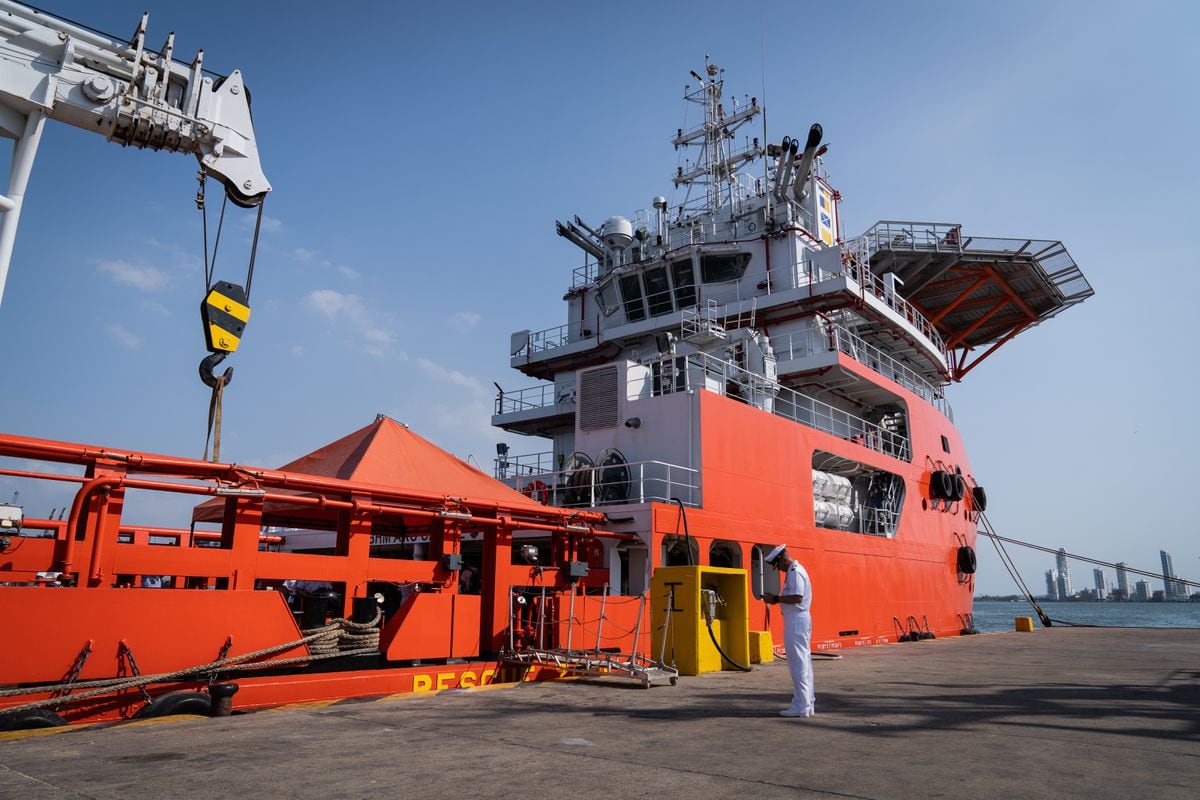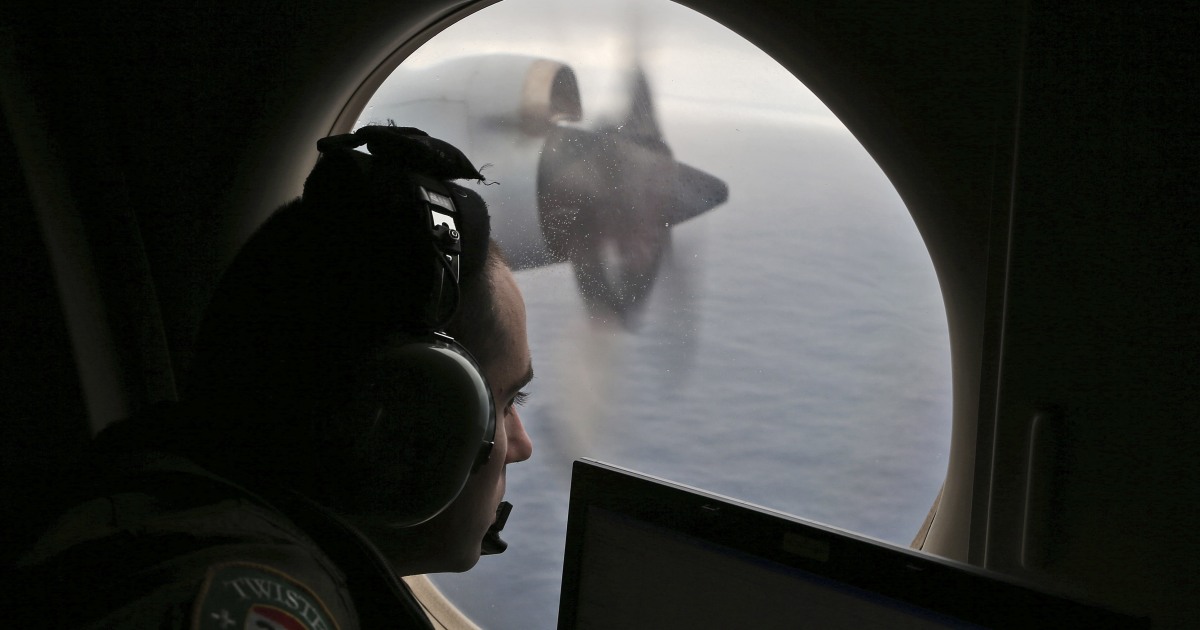Enlarge image
The eruption of the underwater volcano Kavachi (bottom left) has created a mile-long plume of discolored water.
Photo: NASA Earth Observatory
About 24 kilometers south of the Solomon Islands island of Vangunu, an angry giant lives in the water.
It is called Kavachi and is one of the most active known underwater volcanoes in the world.
The people who live on Vangunu gave it the name of one of their gods.
Since October 2021, the Kavachi has been in an eruption phase and is spewing out tephra almost constantly: rock fragments, lava, fine dust, sulphur.
On May 14, NASA's Landsat 9 satellite captured the discolored water moving toward Vangunu as a result of the volcano's eruption.
The Kavachi, whose summit is currently located about 20 meters below sea level, is located in a tectonically active area and is part of the Pacific Ring of Fire, which stretches from the Aleutian Islands on the southern edge of the Bering Sea to North Zealand.
More than a million underwater volcanoes?
While there are only about 1900 active volcanoes on land and above the water, the number of so-called submarine volcanoes is estimated to be significantly higher.
There may be hundreds of thousands, sometimes even more than a million.
The deep sea is still largely unexplored, so most eruptions take place in secret, perhaps many thousands of meters below the sea surface.
The kavachi, however, is all too familiar to many people.
One of its eruptions in 2000 was so powerful that lava shot out of the water, 70 meters high.
Again and again the people of Vanugu reported that there was fire in the ocean and that the earth was shaking.
In 1951, the Kavachi released a small tsunami.
However, submarine volcanoes such as Kavachi are not only dangerous for humans when their peaks are close to the surface.
Even with eruptions at great depths, it can be problematic for shipping.
Gas bubbles created by such eruptions can reduce the water's carrying capacity and even sink huge ocean vessels.
"No way to survive"
One would think that all life would be impossible in the inhospitable environment of the lava-spewing giants, but that is not the case.
In 2015, while a team from the University of Queensland was trawling around Mount Kavachi to collect data on its hydrothermal activity, they discovered that two species of sharks lived in the hot and murky waters around the volcano and even in its crater: hammerheads and silky sharks.
From then on, experts called the Kavachi “Sharkcano” – a combination of the words Shark (shark) and Volcano (volcano).
However, it is still unclear how the fish defy the extreme conditions.
Can you sense when an outbreak is imminent?
"One thing is clear: when it starts, there's no way of surviving there," says Brennan Phillips, who was on the trip.
During his first expedition in 2015, Phillips experienced first-hand how dangerous it is near the volcano.
At that time, too, the volcano was in an eruptive phase.
In an interview with National Geographic, the researcher said it felt like a thunderbolt was going off right below or next to him.
gui








